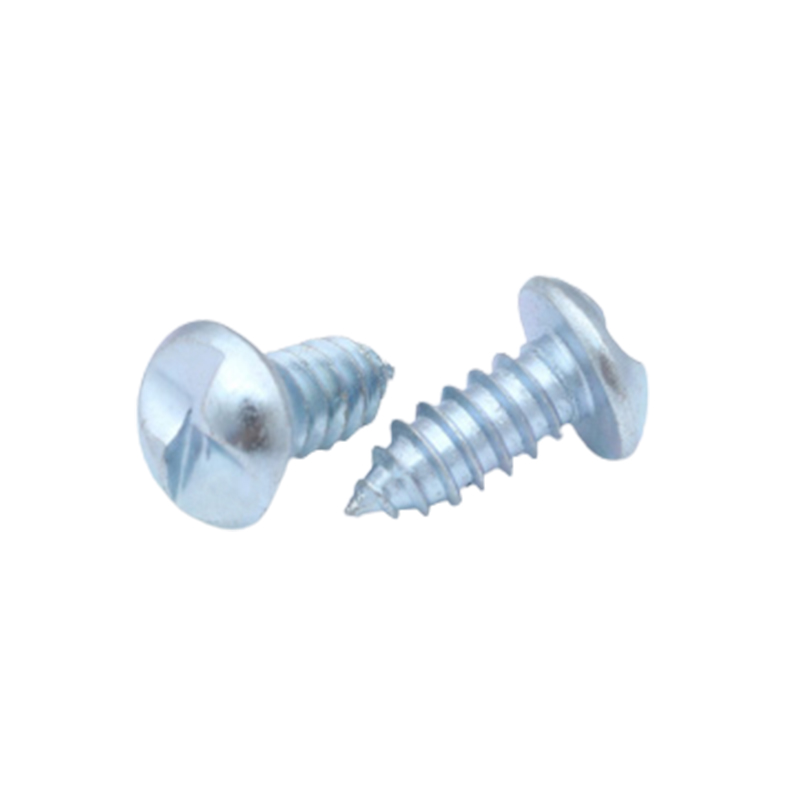The design and geometry of pressure riveting screws significantly influence their effectiveness in several ways.Thread Design:Thread Pitch and Depth: The pitch and depth of the threads determine how well the screw engages with the material. A finer pitch may provide better grip in softer materials, while a coarser pitch can enhance pull-out resistance in harder materials.
Head Shape:Head Configuration: The shape of the screw head (e.g., flat, pan, or countersunk) affects how it sits against the surface. A wider head distributes load more evenly, reducing stress concentrations and enhancing joint integrity.
Shank Geometry:Smooth vs. Knurled Shank: A smooth shank allows for easier insertion, while a knurled or textured shank can increase friction and improve holding power, especially in soft or brittle materials.
Length and Diameter:Proper Sizing: The length and diameter of the screw must be appropriate for the materials being joined. Longer screws can penetrate deeper, while larger diameters provide more surface area for load distribution.
Material Properties:Strength and Flexibility: The choice of material for the screw (e.g., steel, stainless steel, or aluminum) impacts tensile strength and flexibility. This affects how well the screw can handle stress without deforming or breaking.
Point Design:Tip Shape: The design of the screw tip (e.g., sharp, blunt, or self-tapping) influences how easily the screw penetrates the material and how much force is required for installation.
Coatings and Treatments:Surface Treatments: Coatings such as zinc plating or black oxide can enhance corrosion resistance and reduce friction during installation, leading to more effective fastening.
Pressure Application:Riveting Mechanism: The geometry of the screw affects how pressure is applied during installation, influencing the degree of deformation and how securely the joint is formed.
The design and geometry of pressure riveting screws are critical to their performance. Properly engineered screws can optimize load-bearing capacity, enhance joint integrity, and improve the efficiency of the assembly process, ensuring reliable and durable connections in various applications.

















